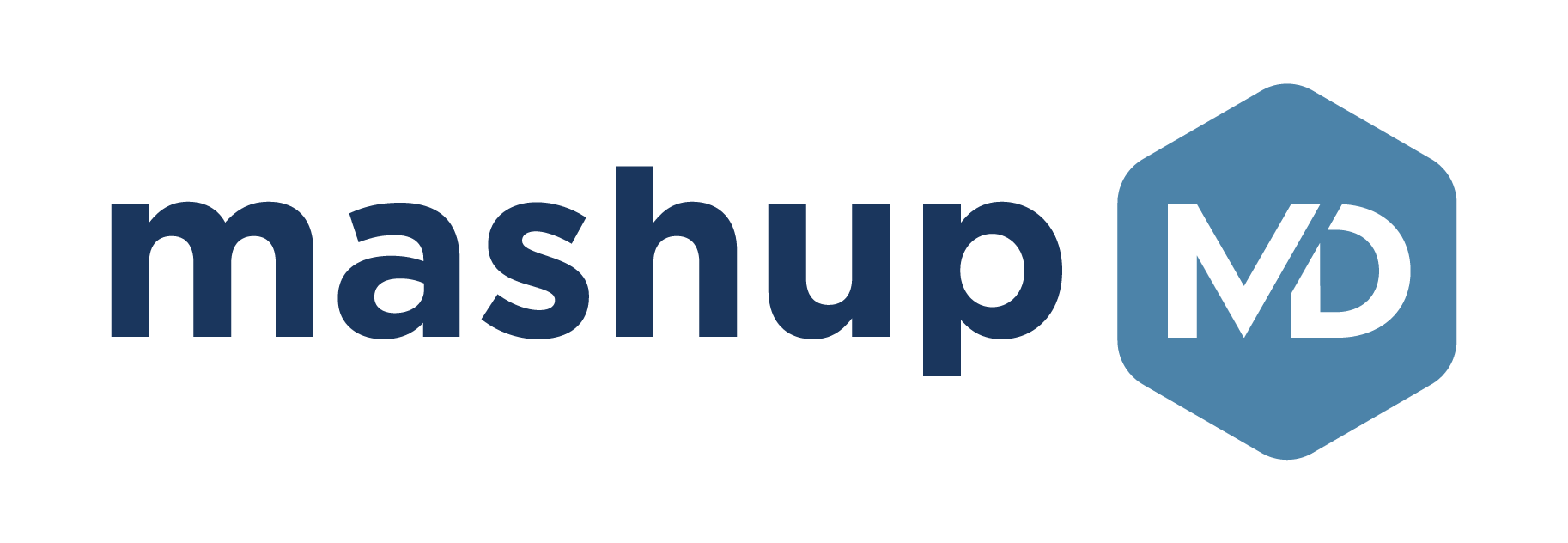-
Mashup Score: 0
Unmanned Aerial Vehicles (UAVs) have gained popularity due to their low lifecycle cost and minimal human risk, resulting in their widespread use in recent years. In the UAV swarm cooperative decision domain, multi-agent deep reinforcement learning has significant potential. However, current approaches are challenged by the multivariate mission environment and mission time constraints. In light of…
Source: FrontiersCategories: Latest Headlines, NeurologyTweet
-
Mashup Score: 3
The human brain constantly receives external environmental inputs, creates complex thoughts and memories, initiates body movements, and adapts itself over time as we live our experiences. Traditional experiments have stayed in a controlled laboratory environment and examined simplified tasks and cues, with minimized distractions and stimuli, which remains the state-of-the-art approach to human…
Source: FrontiersCategories: Latest Headlines, NeurologyTweet
-
Mashup Score: 1
The purpose of this Frontiers Research Topic was to enhance our scientific understanding of the relationship between different kinds of neuromodulation and their effects on states of consciousness. As such, the topic was deliberately broadly framed, and the diversity of the resulting publications keenly illustrates the breadth of the field of neurostimulation and consciousness.Two contributions…
Source: FrontiersCategories: Latest Headlines, NeurologyTweet
-
Mashup Score: 0From Theory to Practice: The Latest Developments in Neuromorphic Computing Applications - 2 year(s) ago
Artificial Neural Networks (ANNs) are conceptual models of biological neurons that were originally developed to tackle complex problems such as classification, pattern recognition, and forecasting through optimization. However, their high computational demands have raised concerns about the significant energy consumption associated with their use, particularly in large-scale problems and…
Source: FrontiersCategories: Latest Headlines, NeurologyTweet
-
Mashup Score: 3Review: The use of functional magnetic resonance imaging (fMRI) in clinical trials and experimental research studies for depression - 2 year(s) ago
Functional magnetic resonance imaging (fMRI) is a non-invasive technique that can be used to examine neural responses with and without the use of a functional task. Indeed, fMRI has been used in clinical trials and pharmacological research studies. In mental health, it has been used to identify brain areas linked to specific symptoms but also has the potential to help identify possible treatment…
Source: FrontiersCategories: Latest Headlines, NeurologyTweet
-
Mashup Score: 0A scalable implementation of the recursive least-squares algorithm for training spiking neural networks - 2 year(s) ago
Training spiking recurrent neural networks on neuronal recordings or behavioral tasks has become a popular way to study computations performed by the nervous system. As the size and complexity of neural recordings increase, there is a need for efficient algorithms that can train models in a short period of time using minimal resources. We present optimized CPU and GPU implementations of the…
Source: FrontiersCategories: Latest Headlines, NeurologyTweet
-
Mashup Score: 0
Brain-computer interfaces (BCIs) translate brain activity into digital commands for interaction with the physical world. The technology has great potential in several applied areas, ranging from medical applications to entertainment industry, and creates new conditions for basic research in cognitive neuroscience. The BCIs of today, however, offer only crude online classification of the user’s…
Source: FrontiersCategories: Latest Headlines, NeurologyTweet
-
Mashup Score: 2Map-based experience replay: a memory-efficient solution to catastrophic forgetting in reinforcement learning - 2 year(s) ago
Deep reinforcement learning (RL) agents often suffer from catastrophic forgetting, forgetting previously found solutions in parts of the input space when training new data. Replay memories are a common solution to the problem by decorrelating and shuffling old and new training samples. They naively store state transitions as they arrive, without regard for redundancy. We introduce a novel…
Source: FrontiersCategories: Latest Headlines, NeurologyTweet
-
Mashup Score: 1Single-cell chromatin accessibility profiling of cell-state-specific gene regulatory programs during mouse organogenesis - 2 year(s) ago
In mammals, early organogenesis begins soon after gastrulation, accompanied by specification of various type of progenitor/precusor cells. In order to reveal dynamic chromatin landscape of precursor cells and decipher the underlying molecular mechanism driving early mouse organogenesis, we performed single-cell ATAC-seq of E8.5-E10.5 mouse embryos. We profiled a total of 101,599 single cells and…
Source: FrontiersCategories: Latest Headlines, NeurologyTweet
-
Mashup Score: 1
IntroductionCognitive impairment is experienced by people with myalgic encephalomyelitis/chronic fatigue syndrome (ME/CFS) and post-acute sequelae of COVID-19 (PASC). Patients report difficulty remembering, concentrating, and making decisions. Our objective was to determine whether orthostatic hemodynamic changes were causally linked to cognitive impairment in these diseases.MethodsThis…
Source: FrontiersCategories: Latest Headlines, NeurologyTweet

New Research: MW-MADDPG: a meta-learning based decision-making method for collaborative UAV swarm: Unmanned Aerial Vehicles (UAVs) have gained popularity due to their low lifecycle cost and minimal human risk, resulting in their widespread… #Neurorobotics https://t.co/NfIkaZL9wM